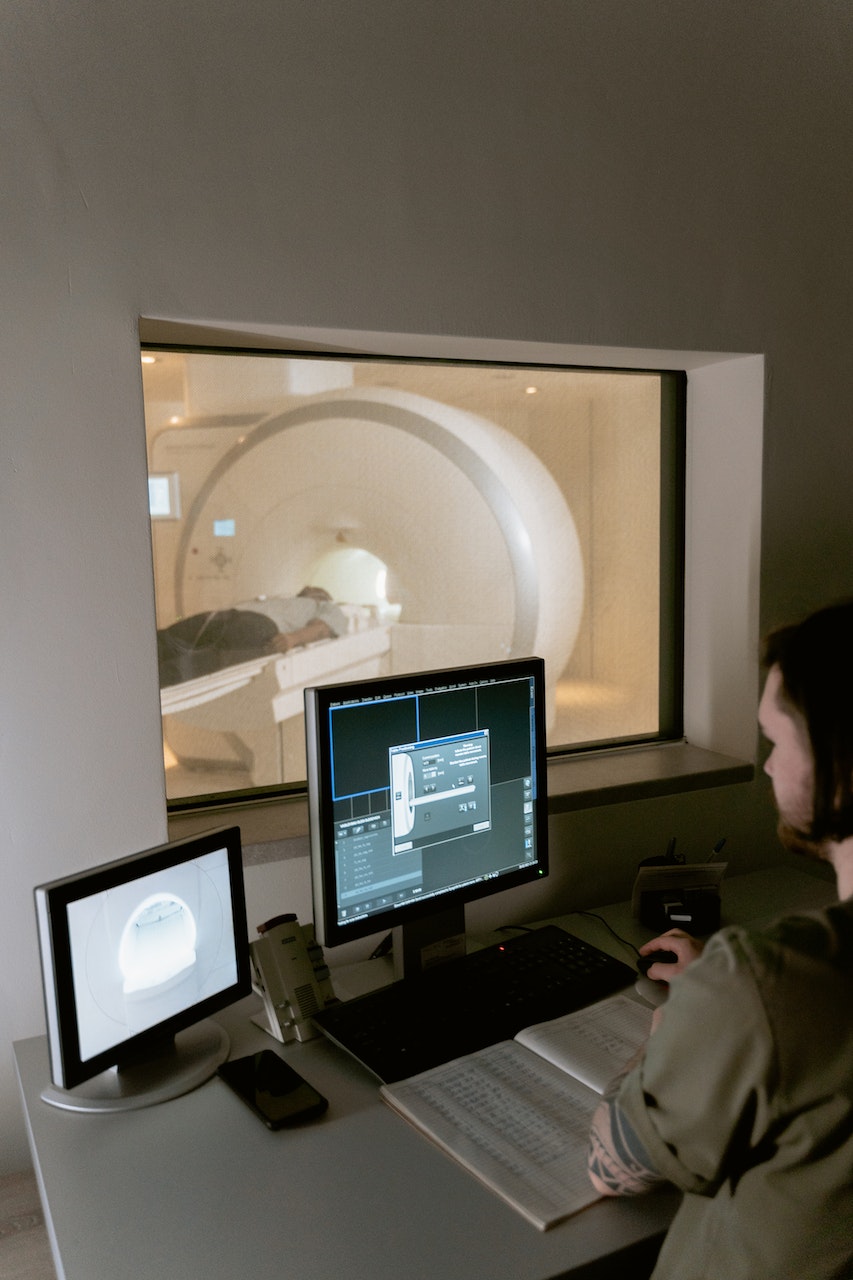 ‘Whiplash‘ is the term used to describe a neck injury caused by the sudden movement of the head. This sudden movement causes damage to the ligaments and tendons in the neck. In a whiplash injury the ligaments are usually sprained, and although the ligament is not broken it usually takes a long time to heal.
‘Whiplash‘ is the term used to describe a neck injury caused by the sudden movement of the head. This sudden movement causes damage to the ligaments and tendons in the neck. In a whiplash injury the ligaments are usually sprained, and although the ligament is not broken it usually takes a long time to heal.
A whiplash type injury usually causes the following symptoms:
- Neck pain or tenderness
- Neck stiffness
- Temporary loss of movement.
For more severe whiplash injuries the following symptoms can also be present
- Headaches
- Muscle spasms
- Pains in shoulders and arms
- Pins and needles in shoulder, arms and hands.
- Blurred vision
- Lower back pain
- Vertigo
- Ringing of the ear
- Sickness and more.
The main common cause of whiplash is car accidents were the head is violently jolted forwards, backwards or even sideways.
Another cause of whiplash is sudden blows to the head which can occur for example in the sport of boxing.
How is whiplash diagnosed?
There is usually no need for tests as your GP can usually diagnose a whiplash injury by the description of the symptoms.
It is highly recommended that you do visit your GP/ Hospital following a road traffic accident because if a spinal injury is suspected then X-rays will need to be carried out.
Treatment
A whiplash type injury is treated by dealing directly with the area of pain and by healing the damaged area.
You tend to find the pain will get worse before it starts to get better but, in about 60% of cases, the symptoms improve significantly in about 1 to 4 weeks.
It can, however, sometimes take a few months for the symptoms to fully resolve and some people may even continue to suffer for a long period of time after the accident.
There are a number of things than can be done to help:
- Applying an ice pack to the affected area as soon as possible to help reduce the swelling – a bag of frozen peas is the most effective as it moulds to the shape of your body. Also remember, NEVER, apply an ice pack directly to you skin; always wrap it in a towel etc.
- Exercise – you may feel like just resting, but it is actually important to try and keep your neck moving
- Pain killers and anti inflammatory medication
- Other treatments such as physiotherapy and osteopathy.
It is thought that the sooner you try and treat the affected area, the better chance you have of recovery sooner.
Can I claim for whiplash?
If the injury has been caused by an event that wasn’t your fault, then you can claim compensation for the injury from the person who has caused it.
Not only will you be compensated for you injuries, but you will also be able to claim the cost of your treatment.
In any claim it is important to keep your losses to a minimum – and as previously explained, the earlier your seek treatment, the quicker you are likely to recover.
And so it is very important to make a claim as soon as possible, and then if you can afford the cost of physiotherapy, we will be able to seek funding from the party at fault and get you treated as soon as possible.
We can also claim for medication, prescription charges and the cost of the ice packs!
Can I prevent a whiplash injury from occurring?
You will never be able to fully prevent a whiplash injury; however, there are steps you can take to reduce the severity.
The easiest and cheapest solution is to ensure that the head restraint on your seat is adjusted correctly. 3 out of 4 head restraints are not correctly adjusted as it can make your drive more uncomfortable. A correctly adjusted head restraint can stop you from laying your head back.
For more information relating to how best to adjust your head restraint refer to ROSPA (The Royal Society for the Prevention of Accidents).
The choice you need to make now; is one of comfort or one of safety. I know which one I would choose!

 ‘Whiplash‘ is the term used to describe a
‘Whiplash‘ is the term used to describe a 









